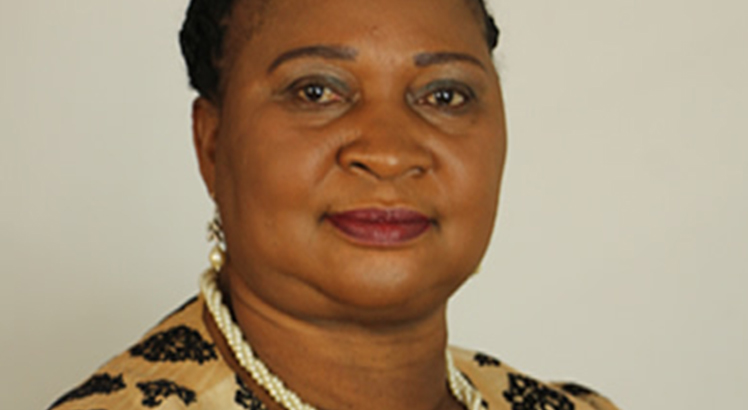HIV killing 29 daily—NAC
Recently released National Aids Commission (NAC) statistics show an improvement in the fight against HIV and Aids, but that at least 29 people still die of the pandemic each day.
The 2021 Malawi HIV Epidemiological Estimates show that 10 800 people die each year and that about 1500 of them are under the age of 14. On the other hand, the report indicates that 19 000 people are still contracting HIV each year with 2 400 of them under the age of 14.

Presenting the statistics during a two-day media workshop for Northern Region-based journalists in Nkhata Bay, NAC planning officer Mwiza Thindwa said progress has been made, but more still needs to be done.
She said: “Initially, we had about 33 000 new infections at the end of 2019, but there has been progress because in 2020, the level of new infections is at 19 000 and it is envisaged that by end of 2025, we should get down to 11 000 new infections.
“HIV and Aids-related deaths have also seen a decline. Before introduction of interventions like ART [anti-retroviral therapy] coverage the deaths were really high, but there is a decline mobbing from excess of 13 000 in 2019, slowing down to 10 800 in 2020.”
Thindwa said on population aggregation, the infections have been high among the age group of 15 to 49 years, recording 16 600 cases in 2020 and 9 300 deaths.
She said: “We have a number of strategies to reduce the numbers, including enhancing various combinations of prevention initiatives, and on the part of treatment ensuring that we are able to initiate as many people as we can on ART and for those that are lost on lost to follow-ups, we should try to get them back.
“The prevalence rate now stands at 8.5 percent and this is a decline. The incidence rate is 0.17 percent which is significantly lower than previous estimates. However, the South and cities remain higher on cases and we have an average of 86 percent on ART coverage.”
In terms of districts, Lilongwe has the highest number of People Living with HIV at 98 902 cases, followed by Blantyre at 86 708, Mulanje is third with 72 421 and Mangochi fourth with 60 465. Likoma is the least with 815 cases.
On ART treatment, Likoma tops the list at 90.1 percent, followed by Mangochi and Chikwawa at 89.5 percent each while Lilongwe has 84.2 percent and Blantyre 85.5.
Questions have emerged on why children aged zero to 14 years continue succumbing to the pandemic in large numbers, yet 100 percent of those who know their status are on treatment.
In response, NAC HIV prevention and management officer Francis Mabedi said the country is using ARTs that are not compatible with the young ones and will soon introduce a new regimen to help deal with the problem, admitting a delay in rollout of the same.
Speaking during the commemoration of World Aids Day in Lilongwe on December 1 2020, President Lazarus Chakwera said the strides Malawi has made in fighting the pandemic should spur the nation towards achieving the goal of eliminating HIV as a public health threat by 2030.
In launching the five-year HIV and Aids Strategic Plan, the President said the plan will be key cases while the same period in 2020 the hospital recorded 987 suspects and 27 positive cases,” he said.suspects and 15 positive
National TB Control Programme assistant community mobilisation and engagement officer Paul Chiwenkha admitted that the coming of Covid-19 has heavily affected the fight against TB as people are uncomfortable to come in close contact.
But he said the programme is intensifying sensitisation campaigns for volunteers and communities so that the country is able to fight TB amid the Covid-19 pandemic.
Malawi is among countries fighting to end TB by 2030. n
in fighting the pandemic.
The country has been registering significant progress in meeting the UN 90-90-90 targets to end Aids by 2030 despite facing challenges in addressing new infections.
The 90-90-90 targets stipulated that by 2020, 90 percent of all people living with HIV will know their status, 90 percent of all people diagnosed with HIV infection will receive sustained ART and 90 percent of all people receiving ART will have viral suppression.
In July 2020, International Aids Society in collaboration with Amfar Institute for HIV Cure Research and Friends of the Global Fight Against Aids, Tuberculosis and Malaria named Malawi among six locations in the world that had registered a dramatic reduction in HIV incidence and mortality through crucial policy changes to end Aids by 2030.





